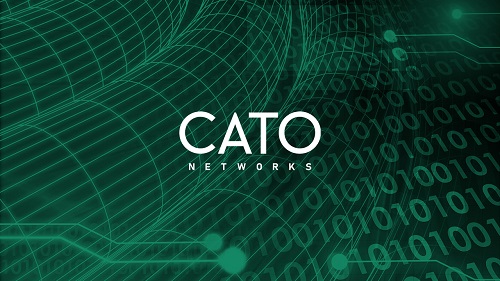Cato Networks introduces today risk-based application access control for combatting the threat of infiltration posed by remote workers and Bring Your Own Device (BYOD). Enterprise policies now can consider real-time device context when restricting access to capabilities within corporate applications, as well as internet and cloud resources.
“User devices can be notoriously unprotected, opening a backdoor into enterprise networks,” said Eyal Webber-Zvik, vice president of product marketing at Cato Networks, in a prepared release. “Today’s announcement allows IT to deliver just the right degree of application access to minimize the risk of breach without compromising user productivity.”
With the evolving threat landscape, user identity alone is no longer sufficient for ZTNA or BYOD risk assessment. Identities can be spoofed while personal devices may not conform to enterprise security standards. What’s needed is an enforcement solution with contextual awareness to balance user productivity with risk mitigation.
To address that challenge, Cato embeds continuous device context assessment throughout the Cato Single Pass Cloud Engine (SPACE), Cato’s converged, cloud-native software stack. Cato SPACE will assess the posture of a user’s device, taking action when the device falls out of compliance. In addition to device context, Cato SPACE considers identity, network, data, and many other attributes.
By exposing context attributes through Cato SPACE, they become available across all Cato capabilities to enable granular control over user application access.
For example, when working from a personal device (BYOD) remotely, a user could be given permissions to upload to the collaboration platform but not download data. No other resources may be available.
However, when working from a corporate device, the same user could also be given download permissions. Read-only access to financial systems, ERP, and CRM systems could be granted.
When working from a corporate device with current antimalware, a user could be given read and write access to the collaboration platform, financial systems, and file shares.
Finally, access to all resources may be blocked when users appear to be working from any device in an unusual geolocation, such as a war zone.
Device context attributes include antimalware type as well as the presence of a client-side firewall, full disk encryption, patch levels, and more. Information is gathered by the OPSWAT OESIS framework as part of the Cato Client.
Performance and Security Problems of ZTNA
ZTNA addresses a critical need for secure remote access but failure to address security and productivity challenges undermines the utility of ZTNA and SSE point solutions. In contrast, the Cato SASE Platform inspects all WAN and internet traffic to all users for advanced threats. Signature-based antimalware stops known attacks; NGAM leverages machine learning and artificial intelligence to identify and block unknown malware. Cato’s managed IPS service taps machine learning algorithms and Cato’s SOC team to protect against network-based threats.
Cato addresses user productivity challenges on two levels. By assessing device context in its FWaaS, SWG, and ZTNA policies, Cato can restrict user access to specific resources. By using device context within its CASB policies, Cato can restrict user access to capabilities within those applications. Together, IT can create access policies that balance a users’ real-time risk posture with their need for resource access.
In addition, the Cato global private backbone ensures optimal user experience from anywhere in the world. Built-in WAN optimization and a managed global network of more than 70 PoPs deliver as much as 40 times better throughput than the public internet. This is particularly critical when remote users access corporate from across the globe. ZTNA and SSE-point solutions lack similar networking controls.
Cato’s security and access policies with device context are available for all Cato Client customers at no additional charge. For information, visit https://www.catonetworks.com/cato-sase-cloud/#secure-remote-access









